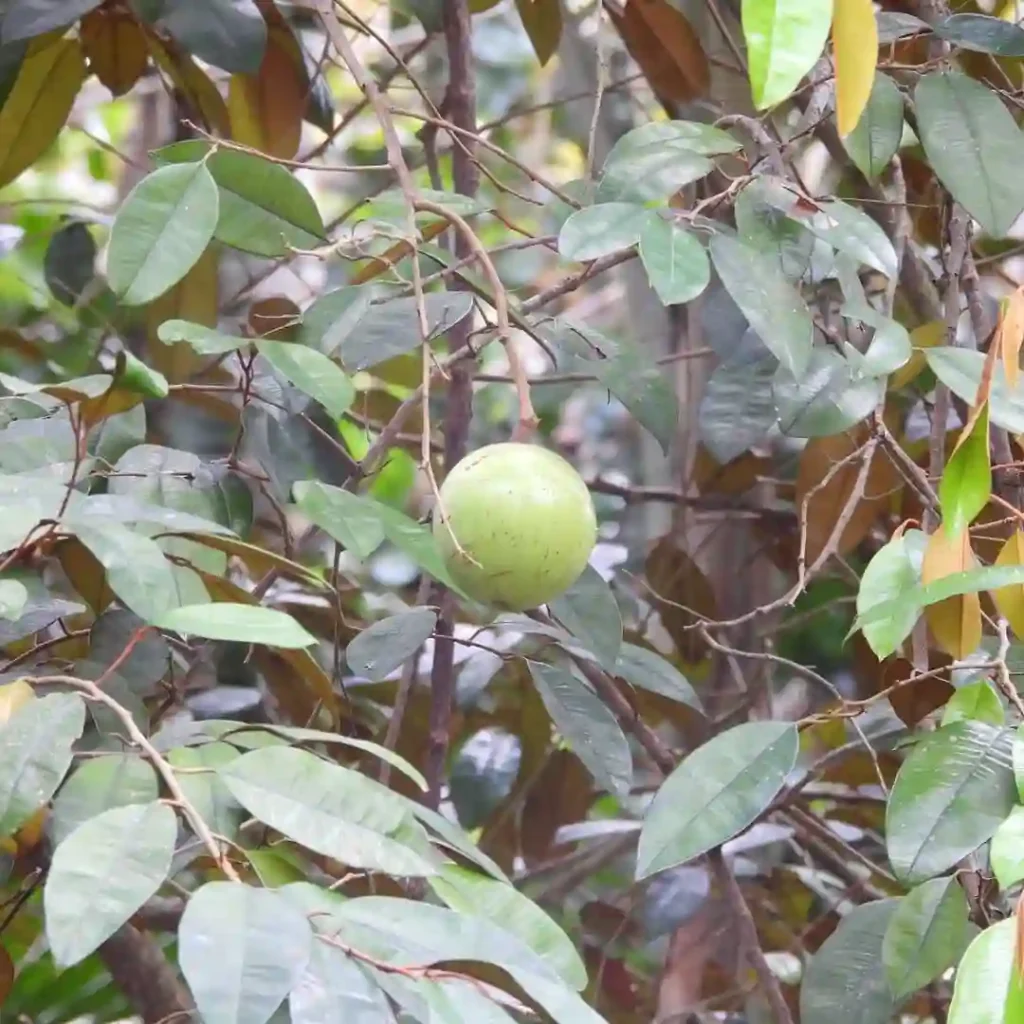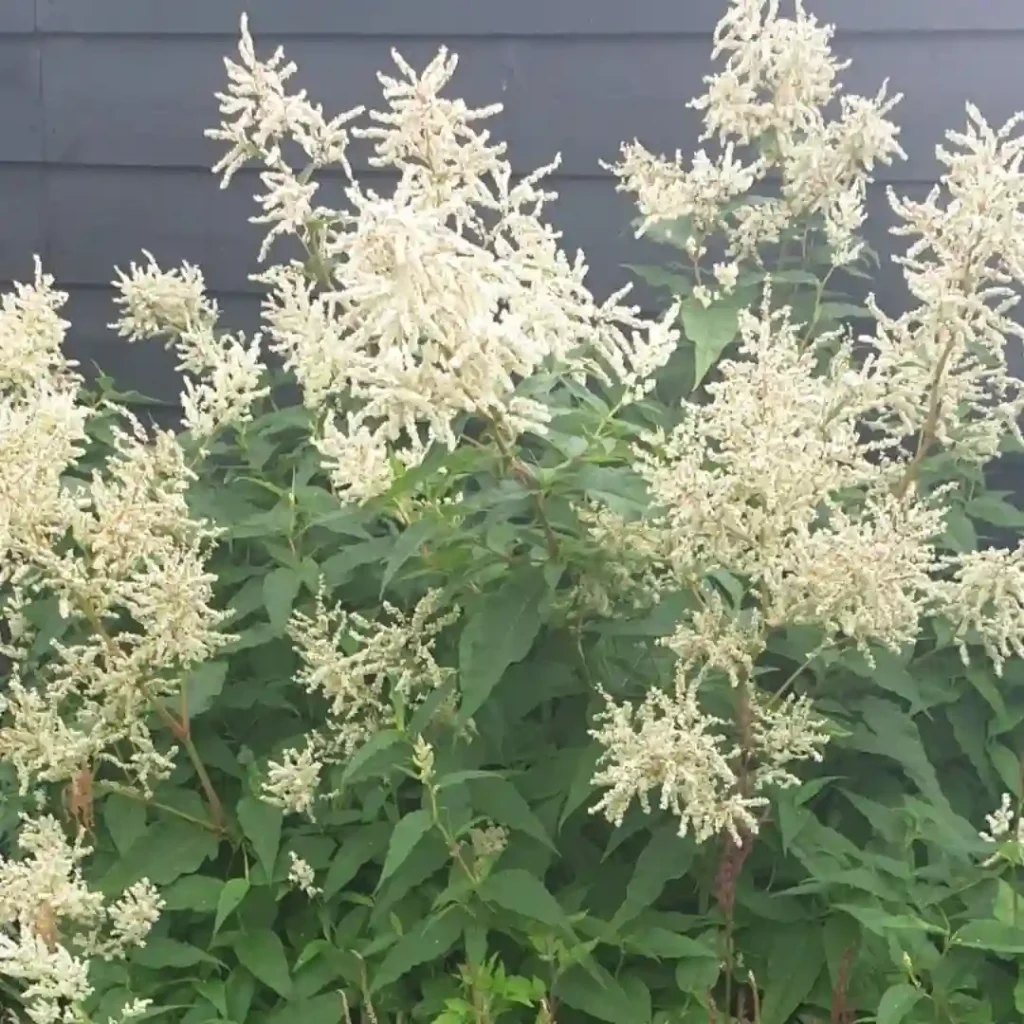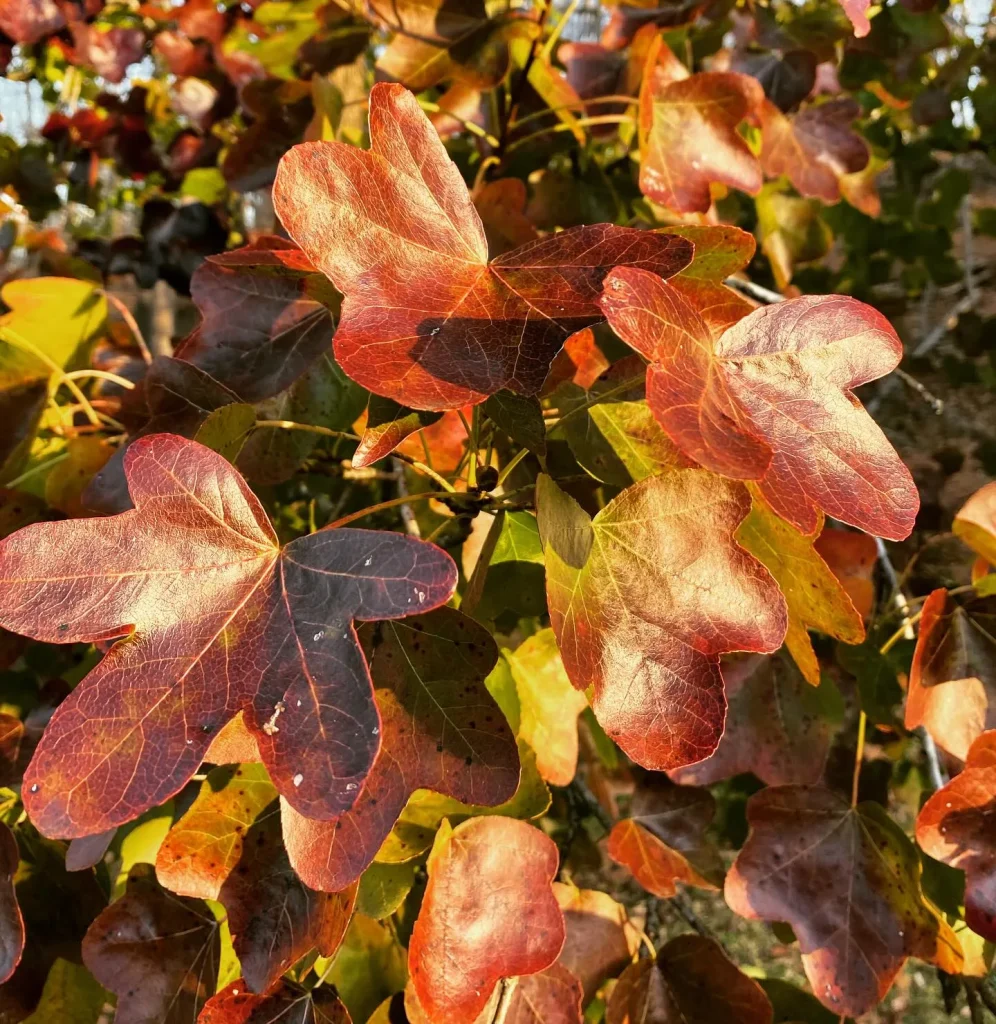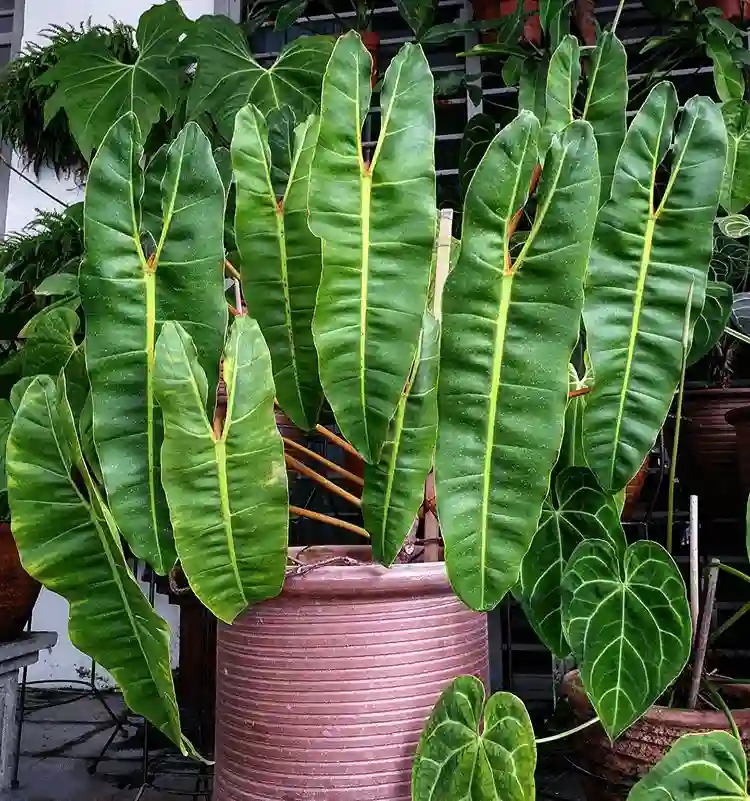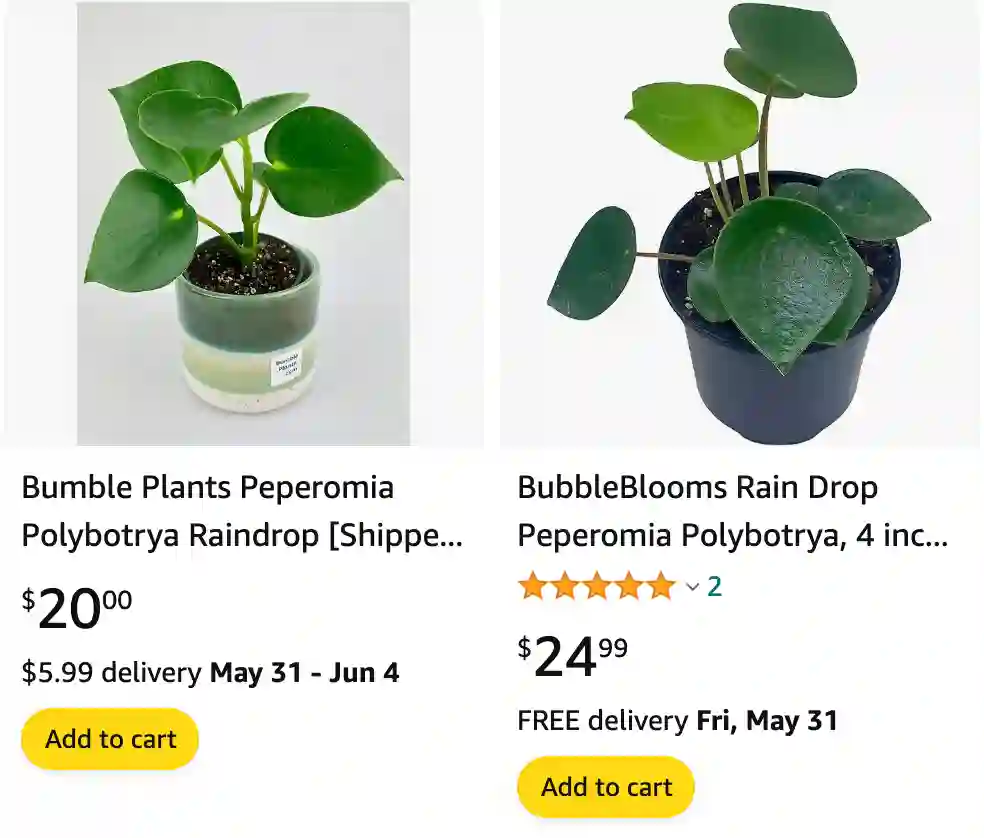
Peperomia Polybotrya vs Pilea Peperomioides
I find Peperomia Polybotrya’s thick, heart-shaped leaves incredibly lush and satisfying to touch, while my Pilea Peperomioides’s quirky, coin-shaped foliage always makes me smile and brightens up any room.
1424 Species in Genus Peperomia
How to care for Peperomia polybotrya?
Here’s a helpful guide on caring for your Peperomia polybotrya, also known as the Raindrop Peperomia, to keep its plump, teardrop-shaped leaves glistening:
Light:
- Bright, Indirect Sunlight: Peperomia polybotrya thrives in bright, indirect sunlight for at least 5-6 hours daily. This helps maintain its vibrant colors and compact growth. Avoid harsh, direct sun, especially during the hottest parts of the day, which can scorch the leaves.
- East or North-Facing Windows: A location near an east or north-facing window can provide ideal lighting conditions. You can also use sheer curtains or light filtering to diffuse harsh sunlight in south-facing windows.
Watering:
- Water When Dry (Soak and Dry Method): Due to its succulent-like leaves, Peperomia polybotrya prefers the “soak and dry” method. Allow the soil to dry out almost completely between waterings. Overwatering is a major threat, so err on the side of underwatering.
- Thorough Soaking: When watering, soak the soil thoroughly until excess water drains from the pot’s drainage holes. Discard any water collected in the saucer to prevent root rot.
Soil and Potting:
- Well-Draining Mix: Use a well-draining potting mix specifically formulated for cacti or succulents. You can also create your own mix using potting soil, perlite, and coarse sand in equal parts for optimal drainage. This ensures excess water doesn’t sit around the roots, which can lead to rot.
- Drainage Holes: Ensure the pot has drainage holes to prevent waterlogging. Consider using a pot with a saucer to catch excess water, but discard the water after watering.
Temperature and Humidity:
- Warm Temperatures: Peperomia polybotrya prefers warm temperatures between 65-75 degrees Fahrenheit (18-24 degrees Celsius). Avoid placing it near cold drafts or air conditioners.
- Increased Humidity (Optional): While it tolerates average household humidity levels, Peperomia polybotrya can benefit from slightly higher humidity. You can group it with other humidity-loving plants, use a pebble tray with water (avoiding direct contact with the pot), or occasionally mist the plant, especially in dry climates.
Fertilizing:
- Light Feeding: Not a heavy feeder. A diluted, balanced liquid fertilizer applied once during spring or early summer is sufficient. Avoid overfertilizing, which can cause leggy growth or mineral build-up in the soil.
Additional Tips:
- Repotting: Repot your Peperomia polybotrya every 2-3 years or when the roots outgrow the current pot. Choose a pot that’s only slightly larger than the root ball.
- Propagation: You can propagate new Peperomia polybotrya plants throughout the growing season using stem cuttings or leaf cuttings. Take cuttings with a few sets of leaves, allow them to callous over, and then plant them in well-draining soil.
- Pests and Diseases: Generally pest and disease resistant. Watch out for mealybugs and scale insects. Treat them with insecticidal soap or neem oil if necessary.
How to propagate Peperomia polybotrya?
Propagating my Peperomia polybotrya has been a fun and rewarding process. I usually do it through leaf cuttings. I take a healthy leaf with a bit of stem attached and let the cut end dry out for a day or so to prevent rot. Then, I place the cutting in water or directly into moist, well-draining soil. When using water, I wait until roots are a couple of inches long before transplanting the cutting into soil. Watching the new roots and leaves develop is really satisfying!
Are Peperomia polybotrya toxic to cats?
I’m relieved that Peperomia polybotrya is non-toxic to cats. This is particularly important for me because I have a curious feline friend who loves to sniff and occasionally nibble on my plants. Knowing that this plant poses no risk to my cat’s health gives me peace of mind, allowing me to keep it in areas where my cat can easily access it without worrying about potential poisoning.
If i die, water my plants!
